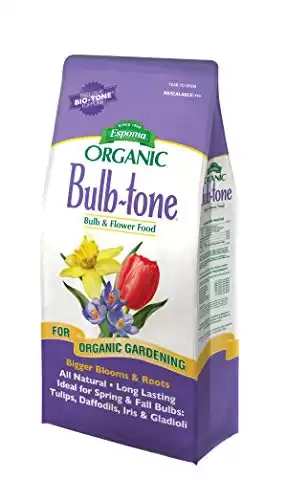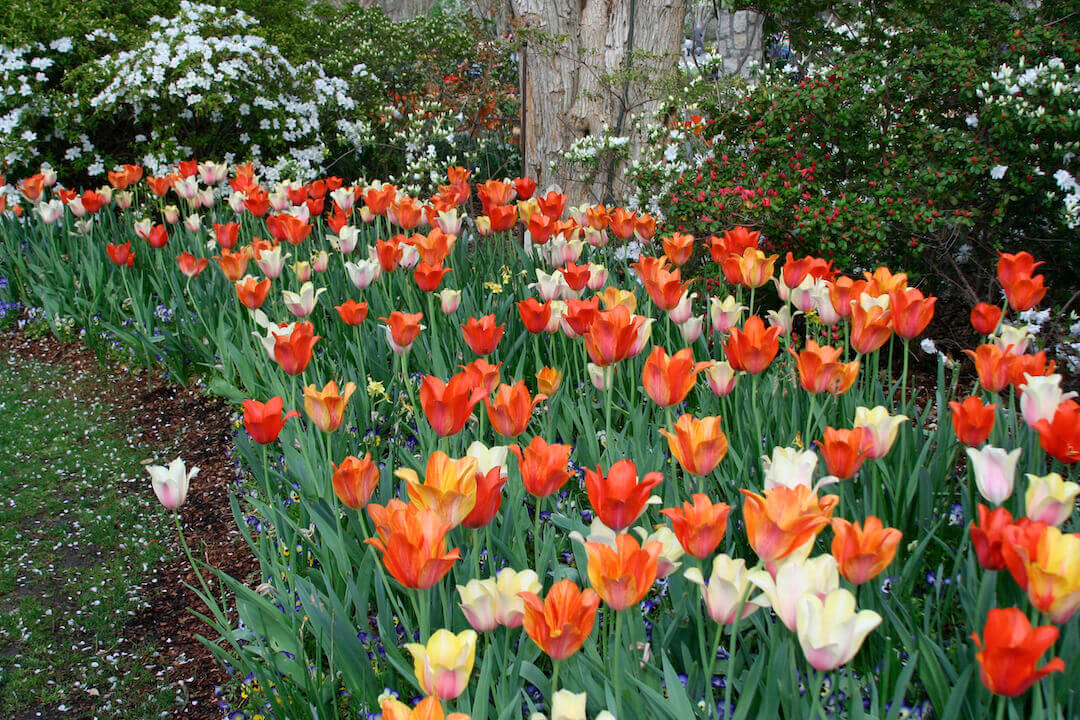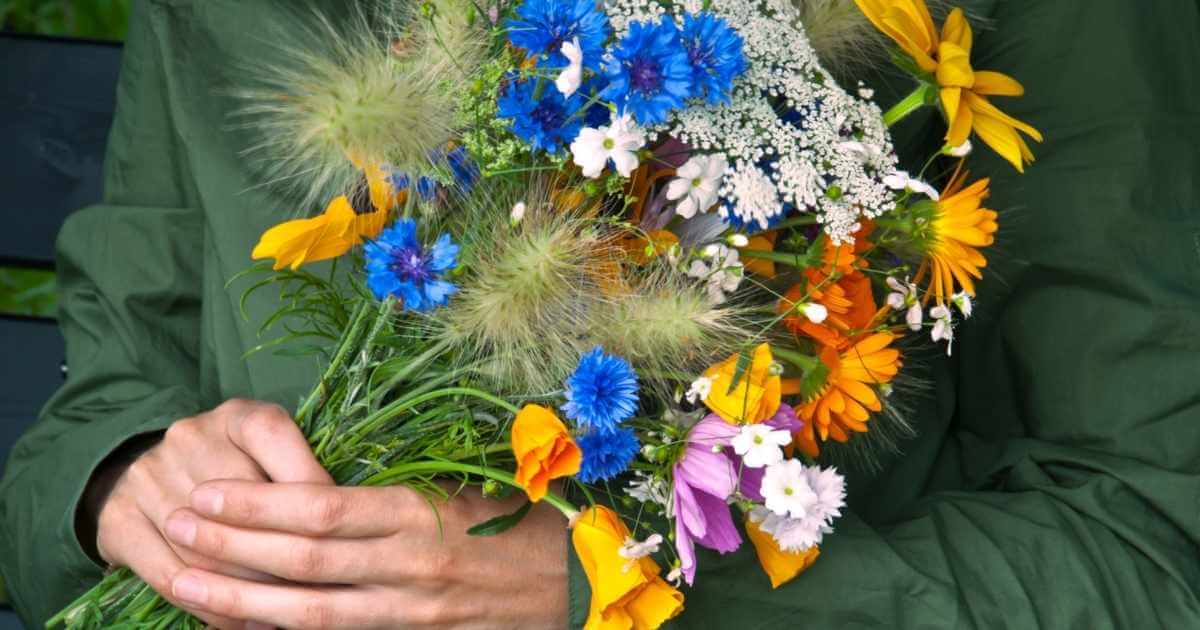
Disclosure: Some of the links below are affiliate links. If you click through and make a purchase, we receive a small commission. This allows us to continue to deliver valuable, free content to North Texas gardeners. Thank you for your support!
The Cowboys game is over. The nice dishes have been cleaned and put away. Another Thanksgiving dinner is in the books. Now it’s time for bulb planting in North Texas.
Here are 5 things you should know about planting spring-blooming bulbs in North Texas.
1. Plant spring-blooming bulbs between Thanksgiving and Christmas.
A helpful way to remember essential garden tasks is to link them to major holidays. On Valentine’s Day we
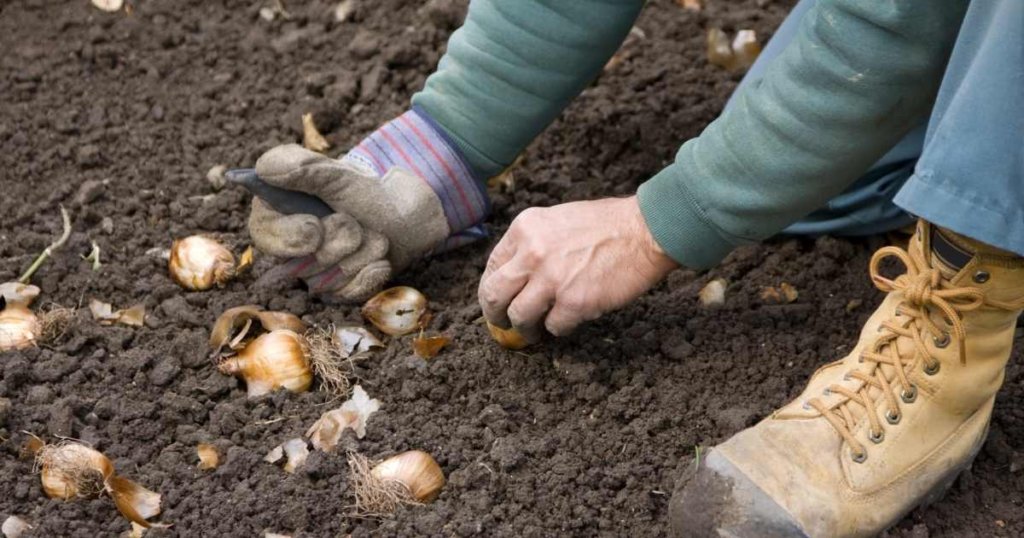
2. Plant bulbs at a depth of three times their diameter.
Just like planting according to major holidays, another good gardening rule of thumb is to plant bulbs at a depth three times the diameter of the bulb. For tulips and daffodils, this comes out to roughly 6 inches deep. For grape hyacinths, this comes out to 3-4 inches.
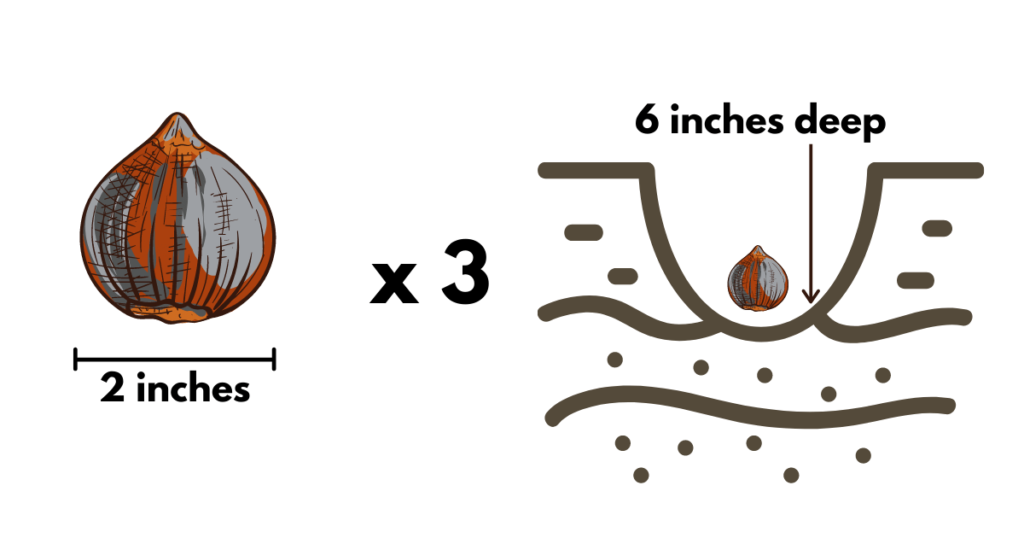
3. Scatter daffodils and plant tulips in groups.
Ever wonder why spring-blooming bulbs in bloom look better in some yards than in others? It all comes down to planting them so that they look as if they are growing naturally. Daffodils look best when scattered in beds. They are especially beautiful when scattered through lush, evergreen ground covers like mondo grass and asiatic jasmine. Because they only produce one bloom per bulb, tulips look best when planted in groups or clusters instead of rows or individually scattered. This creates more impact.
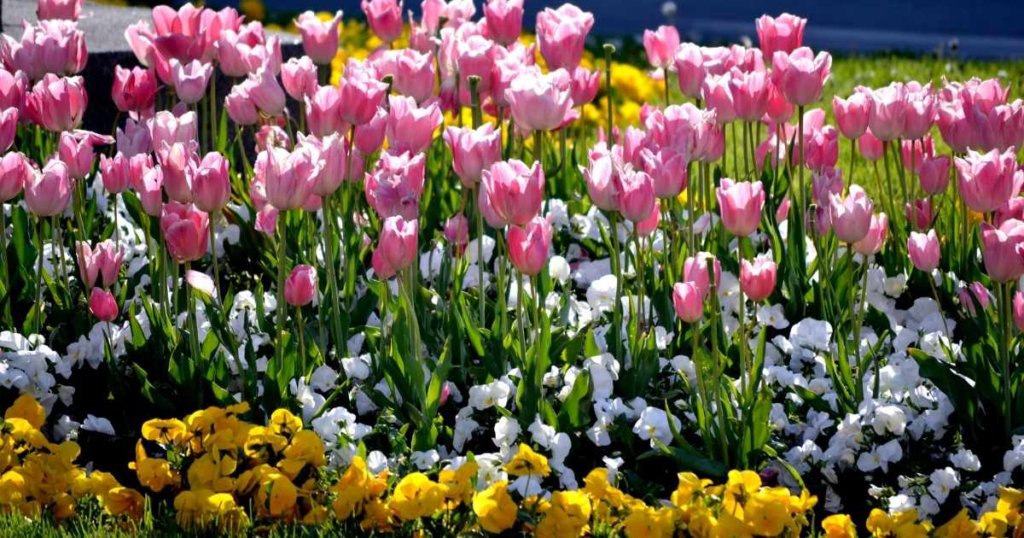
4. Should you fertilize? It depends.
First and foremost, it’s important to understand that spring-blooming bulbs are not heavy feeders. More over, when you purchase your plump tulip, daffodil, or hyacinth bulb, that bulb contains all the nutrients that the plant requires to produce head-turning blooms come spring. I am a fervent advocate of consistent fertilization when growing fruits and vegetables, but when it comes to bulbs, my stance is: less is more.
When I plant bulbs, I prepare the bed the same exact way that I do for everything: I till in one bag of high-quality compost for every 4 square feet of garden bed and, if it’s a new bed, I add one bag of expanded shale for every 6 square feet of space. The compost adds fertility and enhances microbial activity, while the expanded shale helps to break up our sticky, dense North Texas black clay soil.
Now, if you want a little insurance policy, you can add about a teaspoon to a teaspoon and a half of all-purpose, organic bulb
5. Pre-chill tulips and hyacinths.
There are two spring-blooming bulbs that need to be pre-chilled in North Texas: tulips and hyacinths. This is because our winters do not get cold enough to provide the chilling time that these bulbs require to produce spring blooms.
You can purchase pre-chilled bulbs at North Haven Gardens, or you can buy tulips and hyacinths and pre-chill them yourself by placing them in the refrigerator for 6-8 weeks before planting. Just be careful not to place any fruits that release ethylene gas into the same refrigerator. You can find a list of ethylene-producers here.
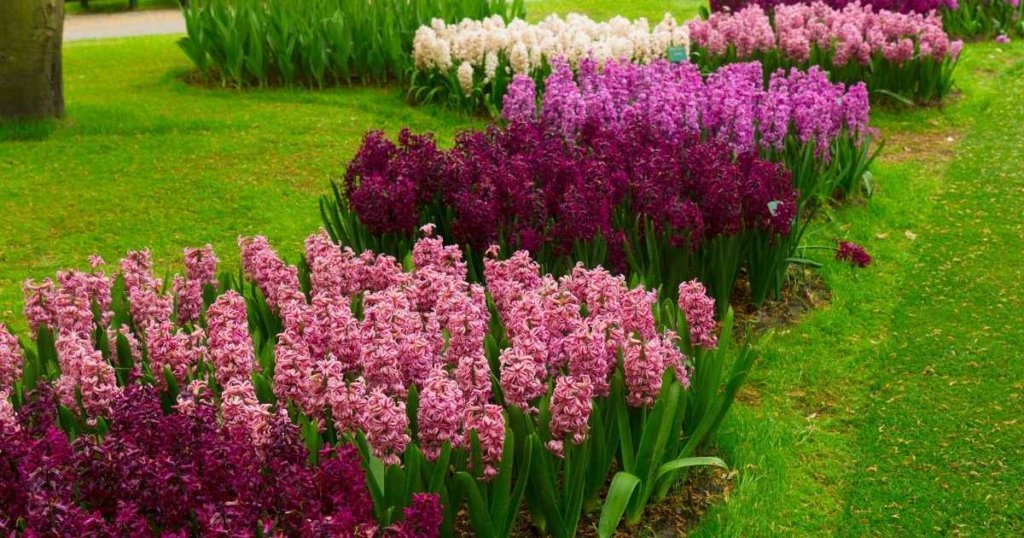
Sources for Bulbs:
Jackson’s Home and Garden (local)
- Resilient perennials I’m adding to my new landscape - February 28, 2024
- 5 Ways to Enjoy Beautiful Fall Weather in DFW - October 18, 2023
- Celebrate National Weed Your Garden Day with These Timely Tips - June 13, 2023

